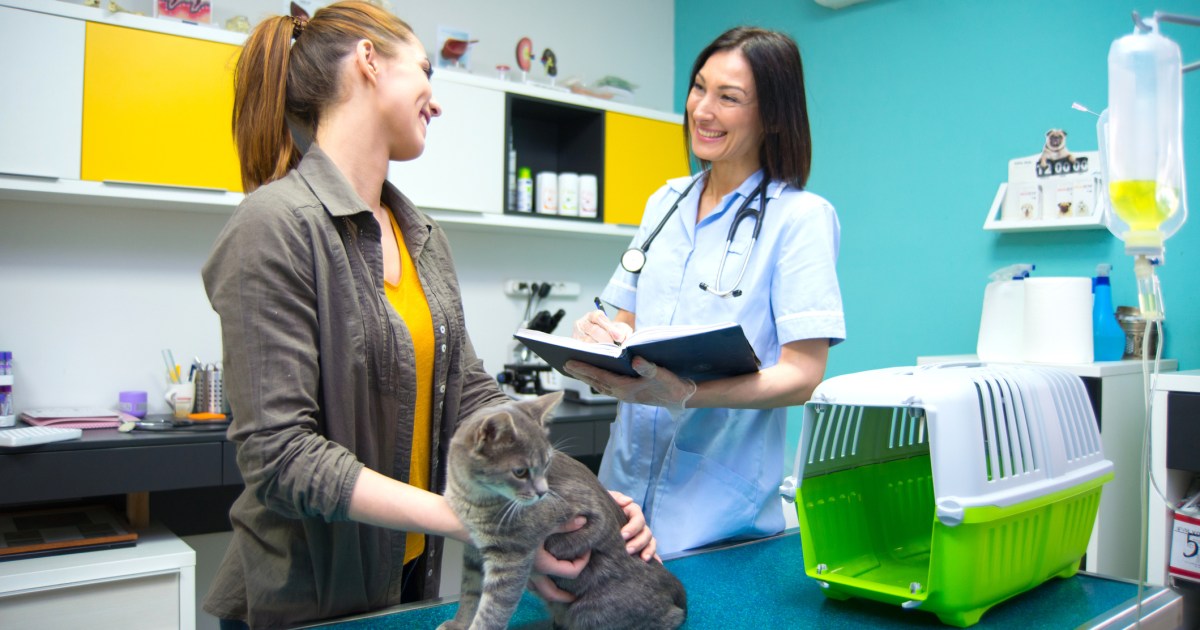Pets best cat insurance is your ultimate resource for protecting your feline friend. Cat ownership is awesome, but vet bills can be a real bummer. From routine checkups to unexpected emergencies, knowing you’ve got a safety net can make a huge difference in your cat’s health and your wallet.
We’ll break down everything you need to know about cat insurance, from comparing different plans to understanding the claims process. Plus, we’ll look at the long-term benefits and how it can save you serious cash. Ready to get your cat insured?
Introduction to Pet Insurance for Cats
Cat ownership, while rewarding, often comes with unexpected veterinary costs. Pet insurance can significantly ease the financial burden associated with illnesses, injuries, and emergencies. This article provides a comprehensive overview of pet insurance specifically tailored for cats, helping you understand its benefits, costs, and the crucial role of preventative care.
Typical Costs of Cat Ownership
Routine vet visits, vaccinations, and preventative care are essential for feline health. However, unforeseen circumstances like accidents, illnesses, or emergency surgeries can lead to substantial expenses. These costs can include diagnostic tests, medications, hospitalization, and potentially extensive treatment plans.
- Routine Vet Visits: Annual check-ups, vaccinations, and parasite prevention are recurring expenses.
- Emergency Care: Unexpected accidents or illnesses can necessitate costly emergency room visits and intensive care.
- Medications: Prescription medications for chronic conditions or post-operative care can add up rapidly.
- Potential Emergencies: Accidents (falls, fights), illnesses (diabetes, kidney disease), and injuries (fractures, bite wounds) can all result in substantial vet bills.
Importance of Preventative Care

Source: cattime.com
Proactive health management through regular vet visits, vaccinations, and a balanced diet significantly reduces the risk of costly illnesses and emergencies. This preventive approach contributes to a healthier, happier, and longer life for your feline friend.
Types of Cat Insurance Plans
| Plan Type | Coverage | Typical Costs |
|---|---|---|
| Accident-Only | Covers injuries and accidents only. | Generally lower premiums. |
| Illness-Only | Covers illnesses and diseases. | Generally lower premiums than comprehensive. |
| Comprehensive | Covers accidents, illnesses, and certain pre-existing conditions (with limitations). | Highest premiums, but broadest coverage. |
Understanding Cat Insurance Coverage
Understanding the specifics of your cat’s insurance coverage is crucial for making informed decisions. Factors influencing premiums and exclusions are key elements to consider.
Factors Influencing Premiums
- Age: Younger cats tend to have lower premiums, reflecting their generally lower risk of pre-existing conditions.
- Breed: Certain breeds may be predisposed to specific conditions, potentially affecting premiums.
- Pre-existing Conditions: Policies may not cover pre-existing conditions, or may have limitations on coverage.
- Location: Cost of veterinary care can vary by region, influencing premiums.
Common Exclusions, Pets best cat insurance
Insurance policies often exclude certain conditions or treatments. It’s crucial to carefully review the policy’s exclusions to understand what isn’t covered.
- Pre-existing Conditions: Conditions present before the policy’s effective date.
- Routine Care: Annual check-ups, vaccinations, and preventive care.
- Behavioral Issues: Conditions stemming from behavioral problems, not directly related to a physical ailment.
Covered Claims
Policies typically cover a range of procedures and treatments, but coverage details vary. The most common covered procedures are emergency room visits, surgeries, and medications.
Covered Procedures and Costs
| Procedure | Estimated Cost |
|---|---|
| Emergency Room Visit | $300 – $1000 |
| Surgery | $500 – $5000+ |
| Diagnostic Tests | $100 – $500 |
Comparing Cat Insurance Providers

Source: caninejournal.com
Finding the best cat insurance can be tricky, but it’s crucial for pet owners. While researching, you might also wonder about Allstate’s coverage options, including whether they offer homeowners insurance. To explore that, check out this helpful resource on does Allstate do homeowners insurance. Ultimately, the best cat insurance will provide comprehensive coverage for your feline friend’s health needs.
Several reputable providers offer cat insurance. Comparing their coverage, costs, and customer service is crucial.
Popular Providers
| Provider | Coverage Options | Cost Structure | Customer Service Reputation |
|---|---|---|---|
| Example Provider 1 | Comprehensive, accident-only, illness-only | Premiums vary by factors like age and breed | Excellent |
| Example Provider 2 | Comprehensive | Premiums vary by factors like age and breed | Good |
Average Monthly Premiums
| Provider | Average Monthly Premium |
|---|---|
| Example Provider 1 | $25 – $50 |
| Example Provider 2 | $30 – $60 |
End of Discussion: Pets Best Cat Insurance
So, you’re thinking about pets best cat insurance for your cat? Hopefully, this guide has given you a solid foundation for making an informed decision. Remember to weigh the pros and cons of different plans, consider your cat’s specific needs, and thoroughly read the fine print. Knowing the ins and outs of cat insurance will help you pick the perfect plan and keep your furry friend healthy and happy.
Your cat deserves the best, and insurance can make a huge difference.